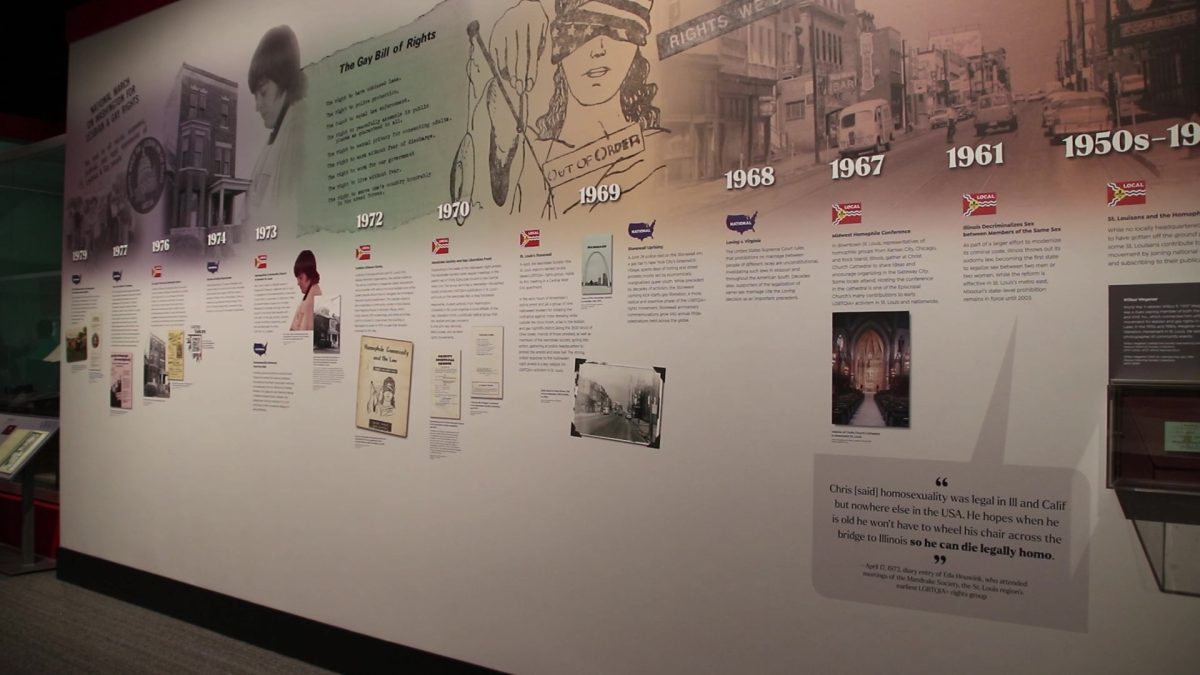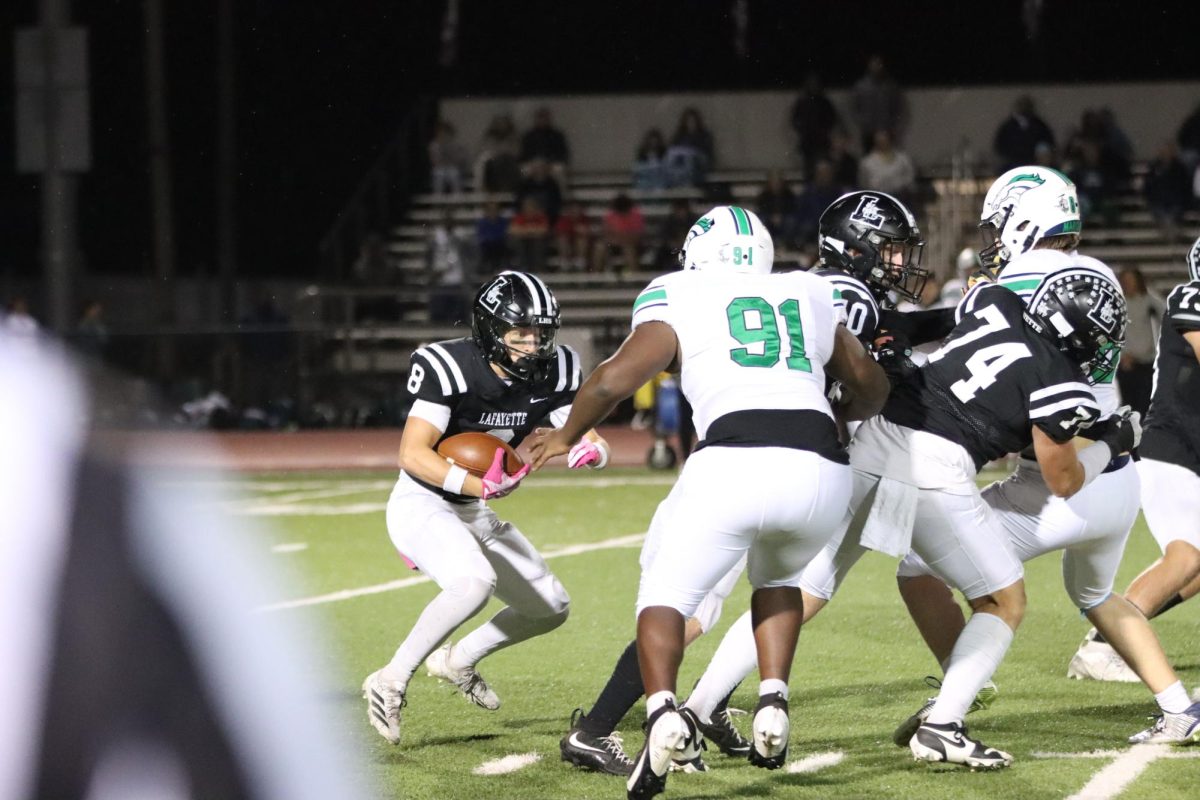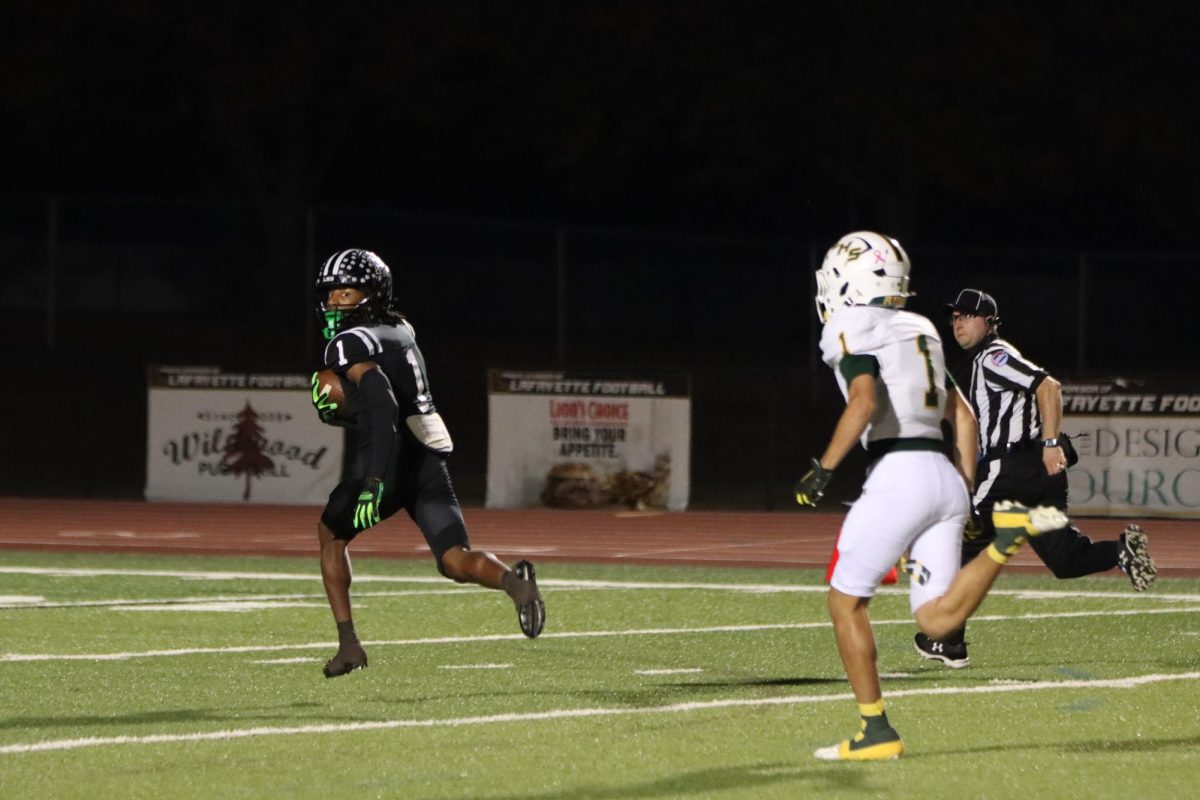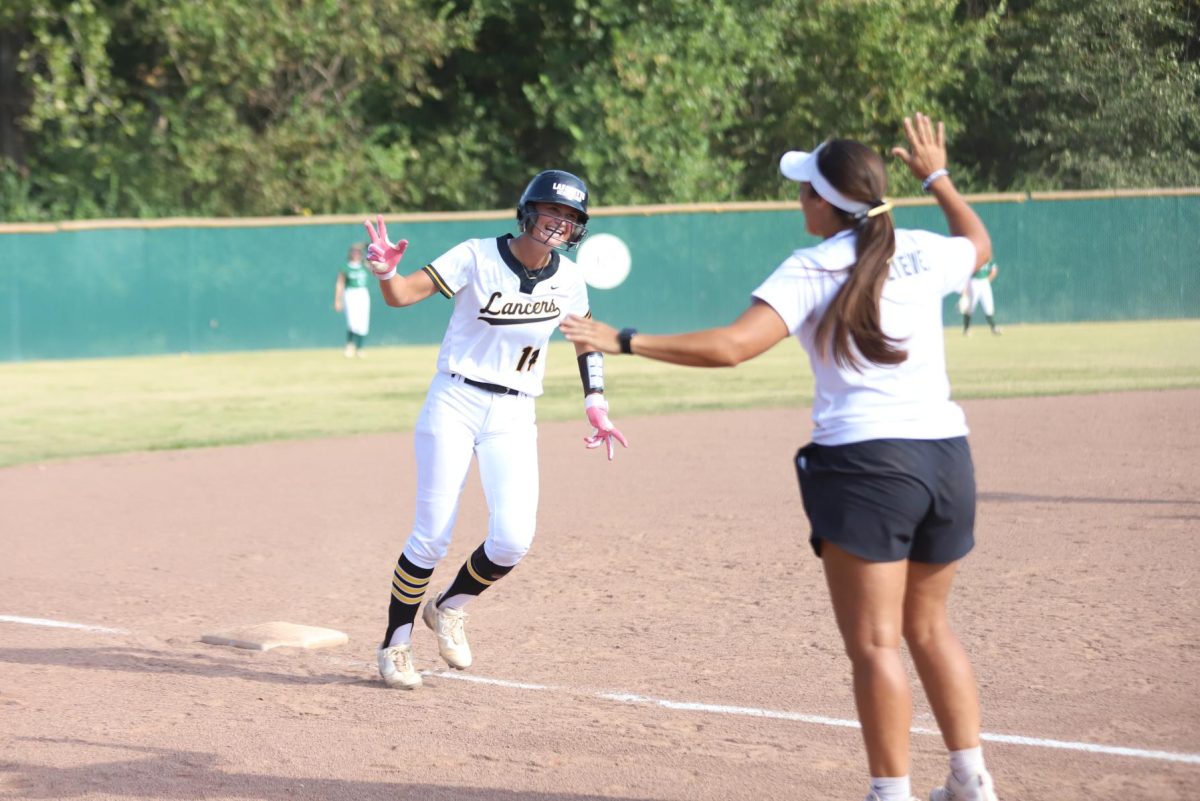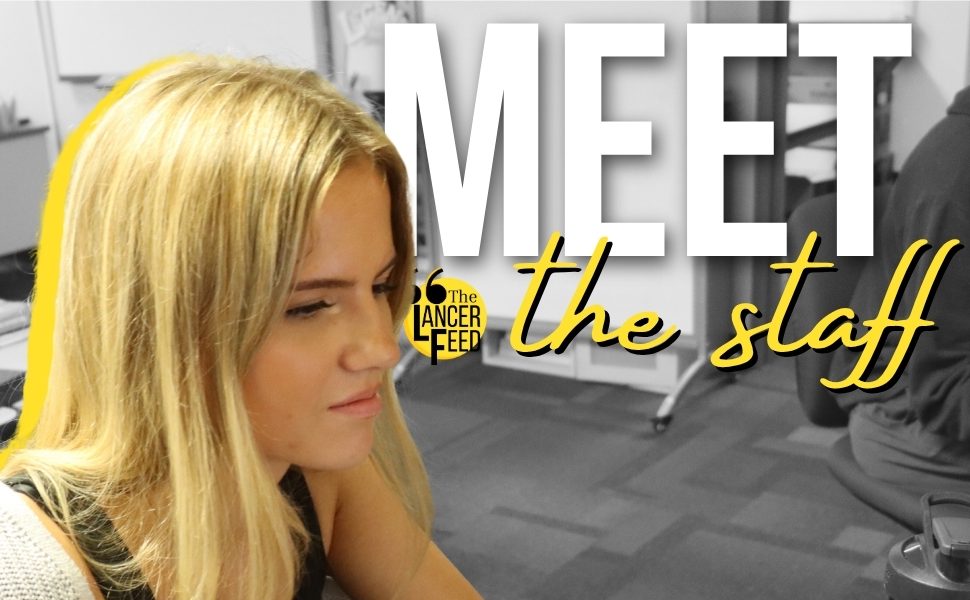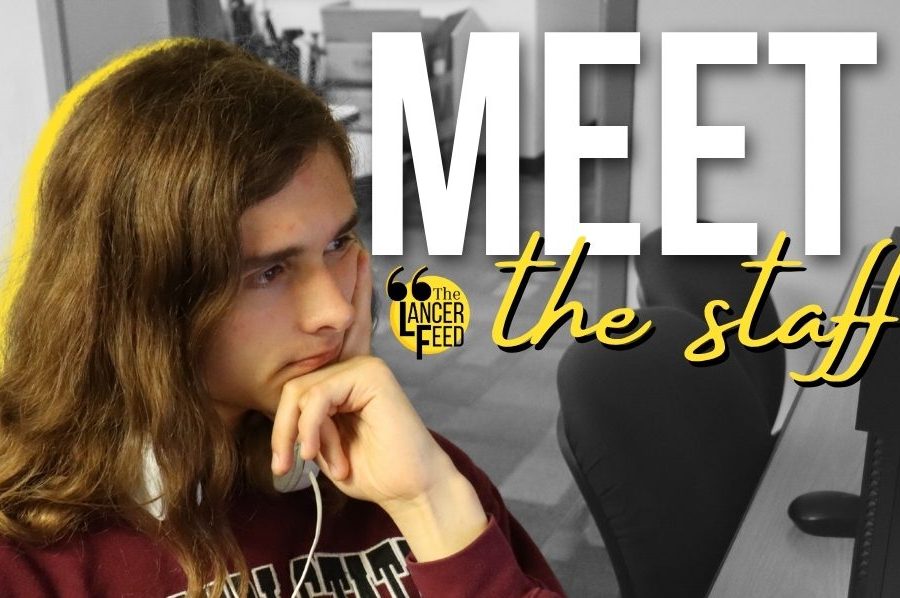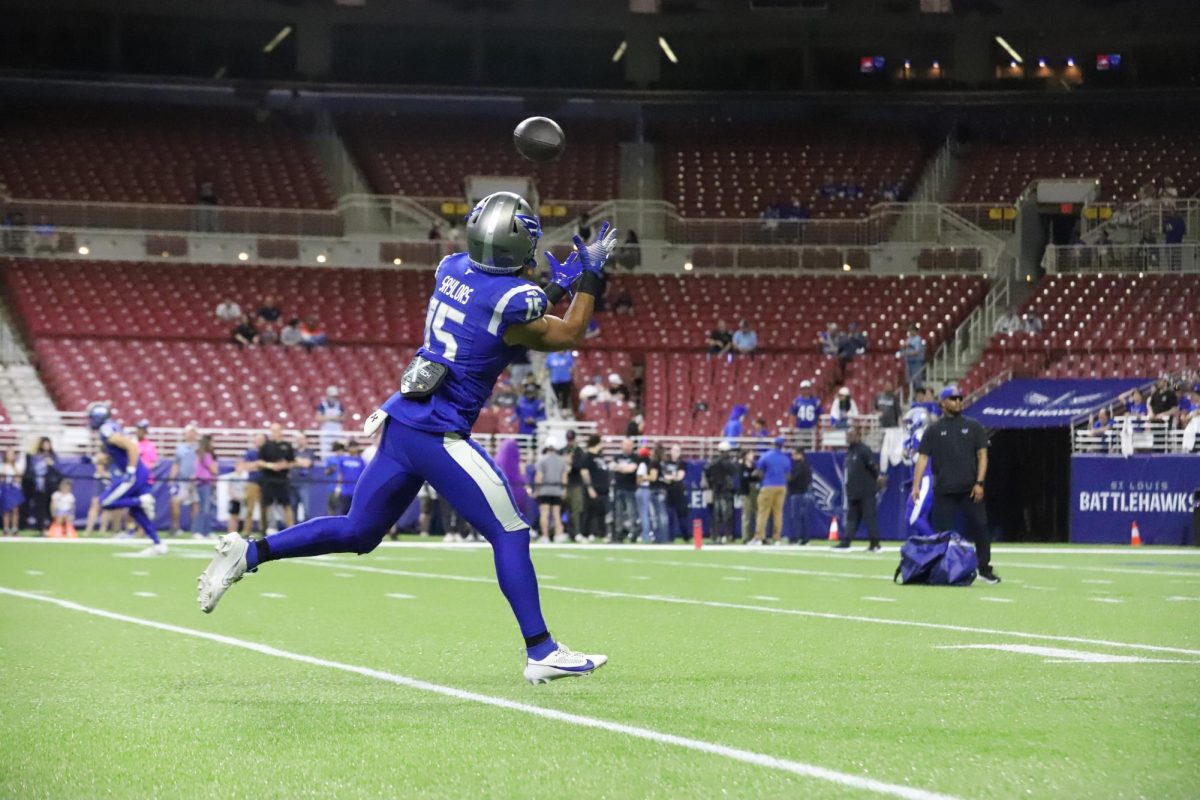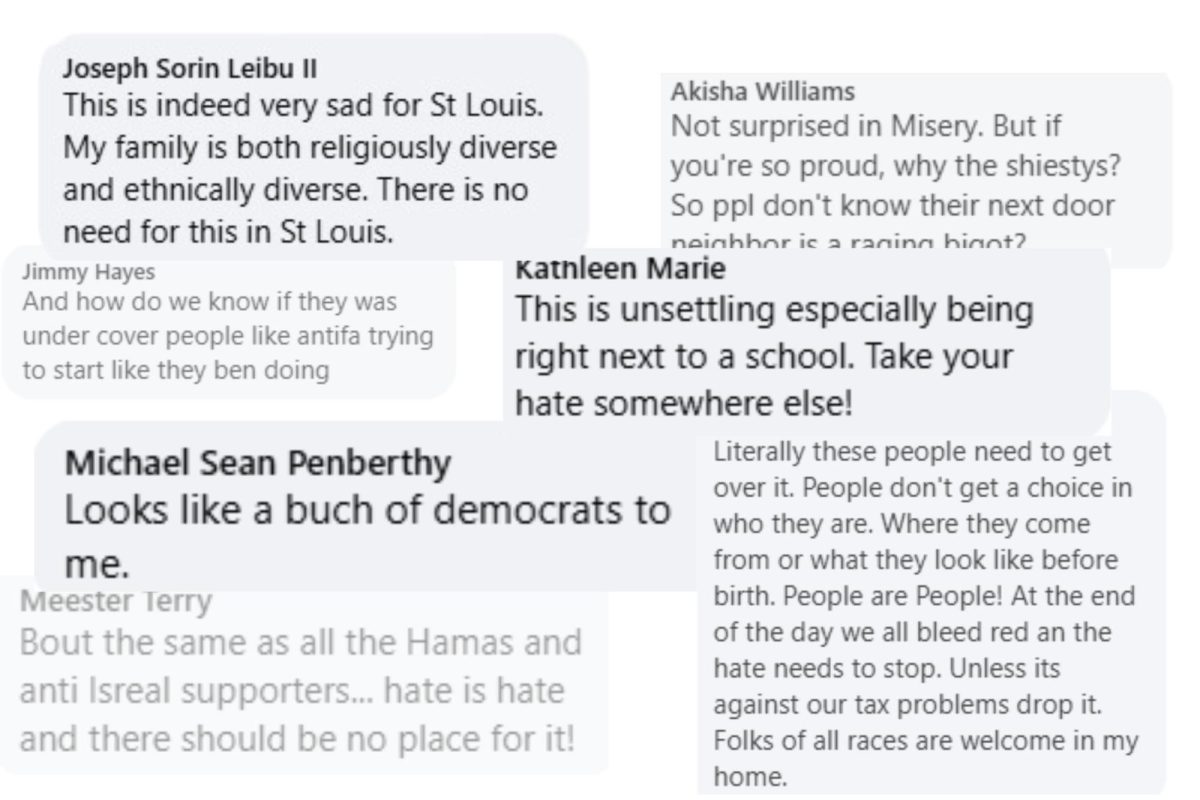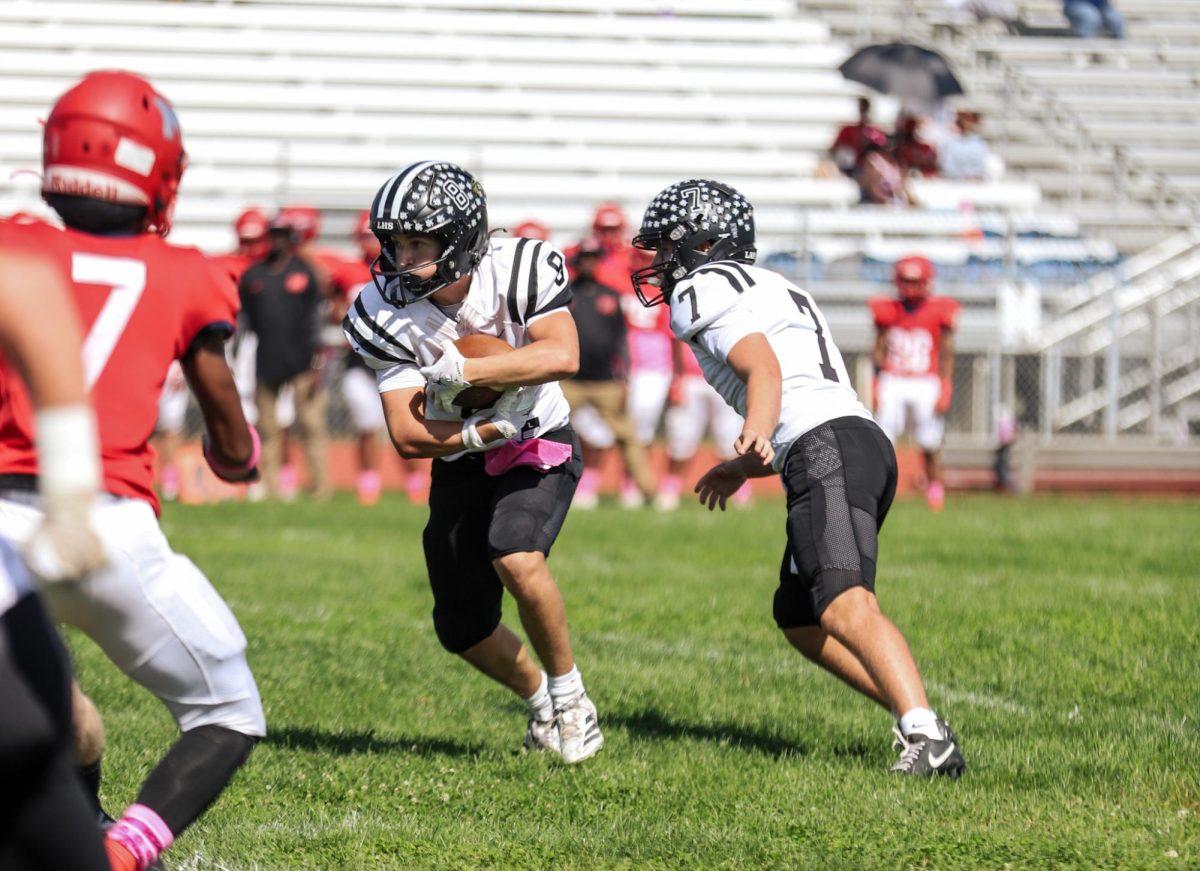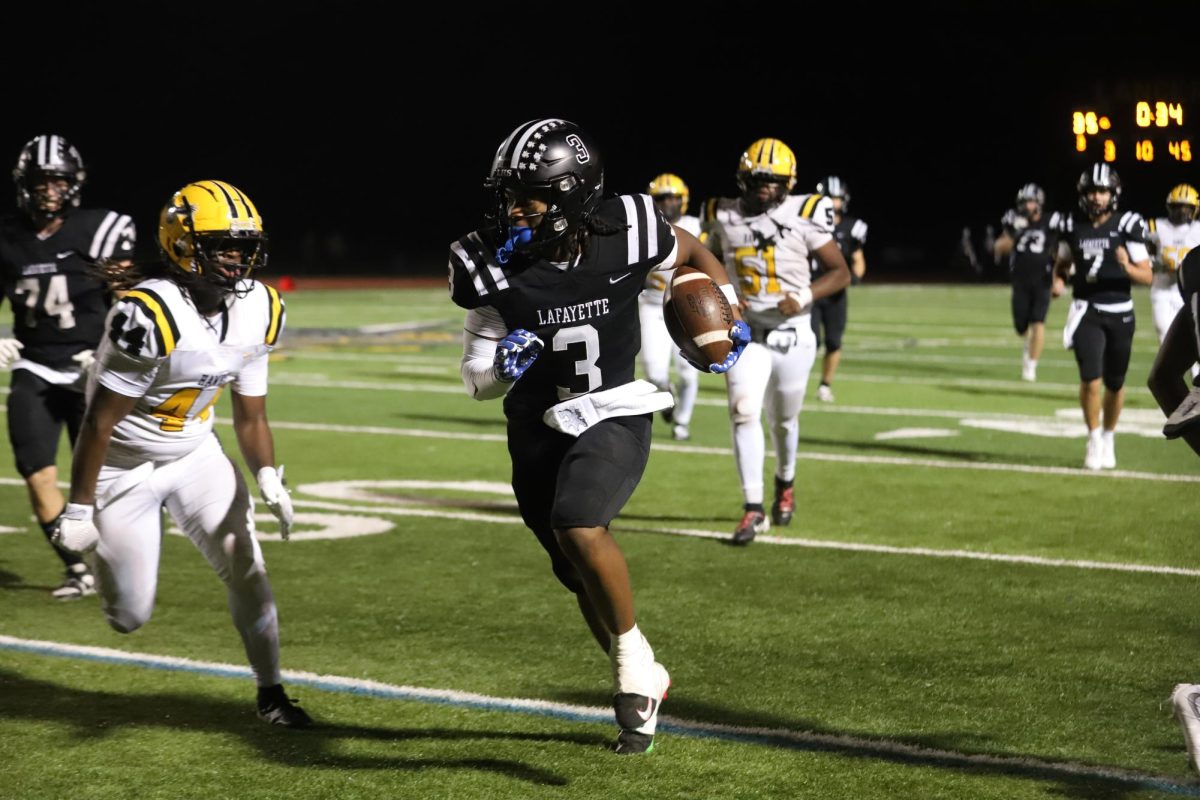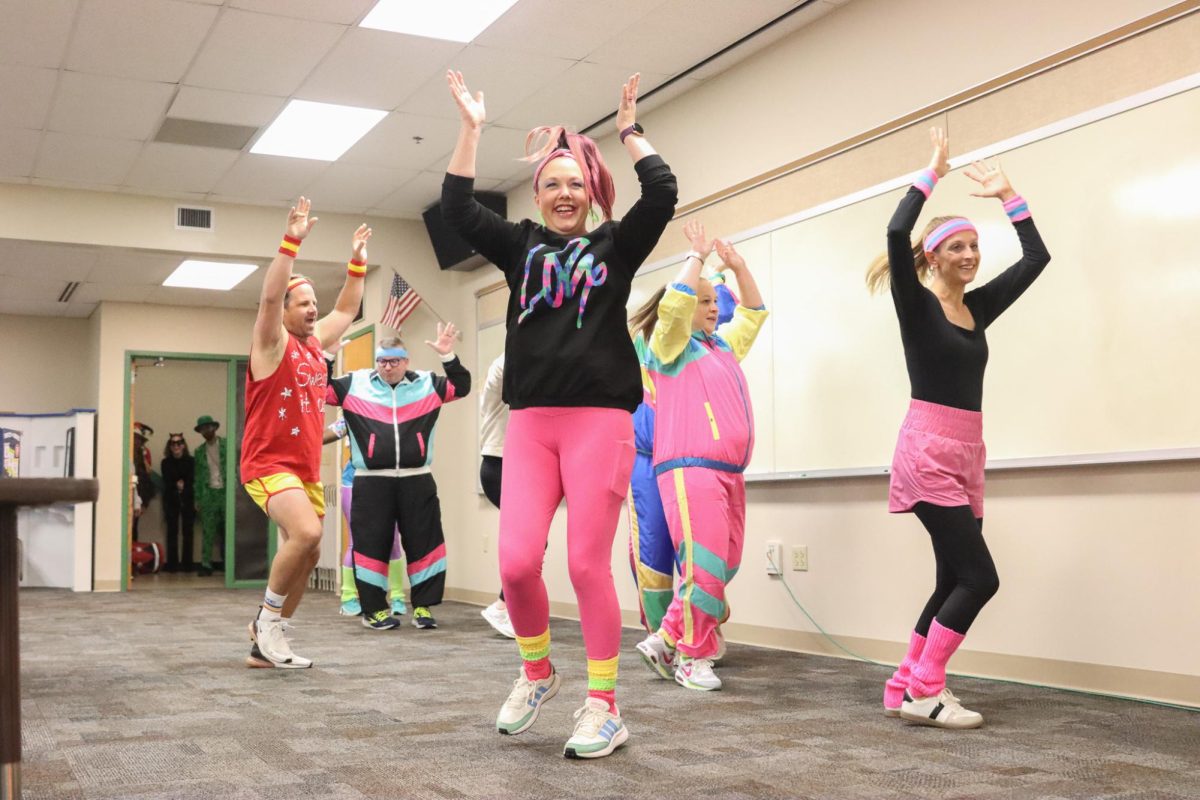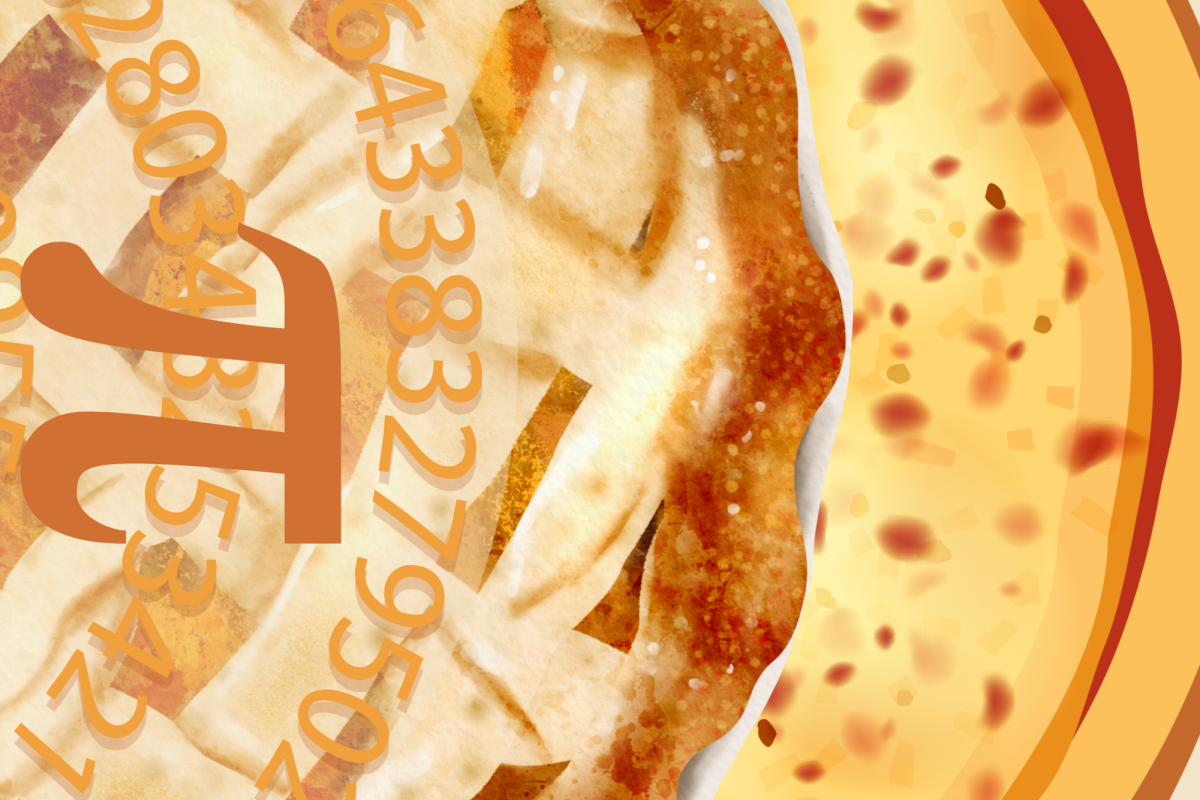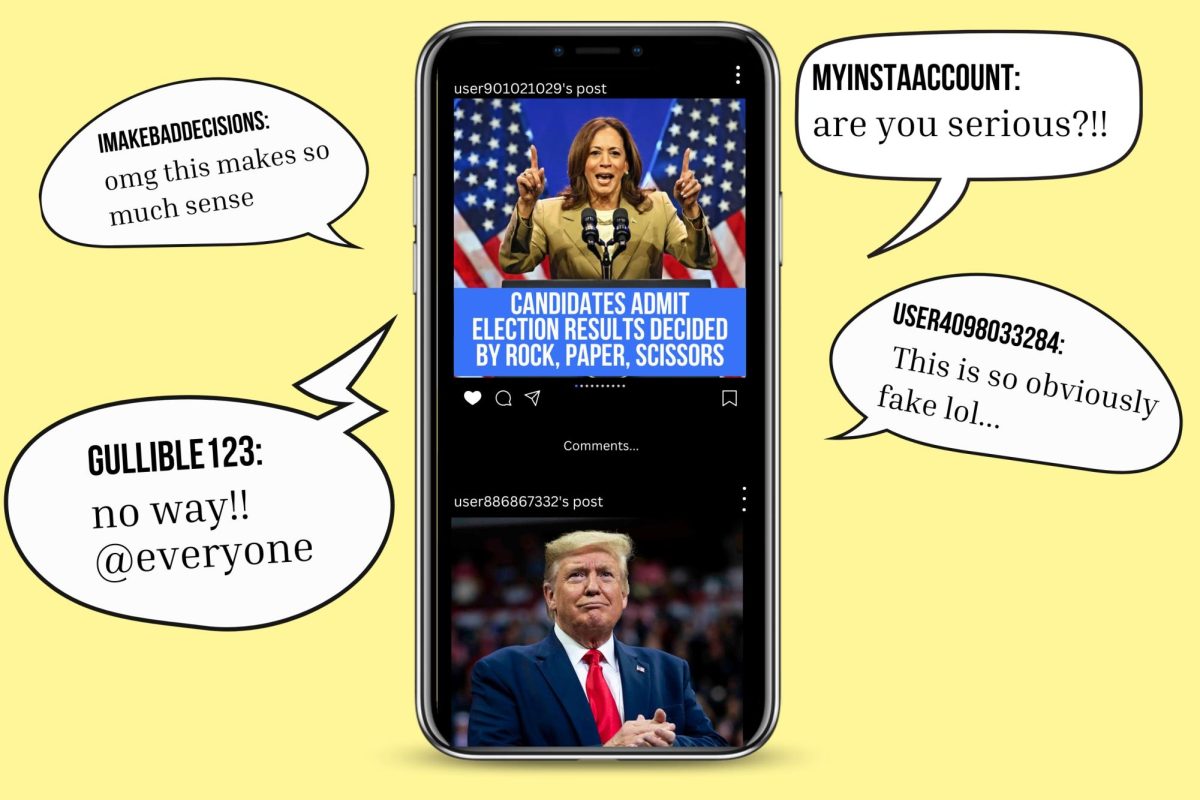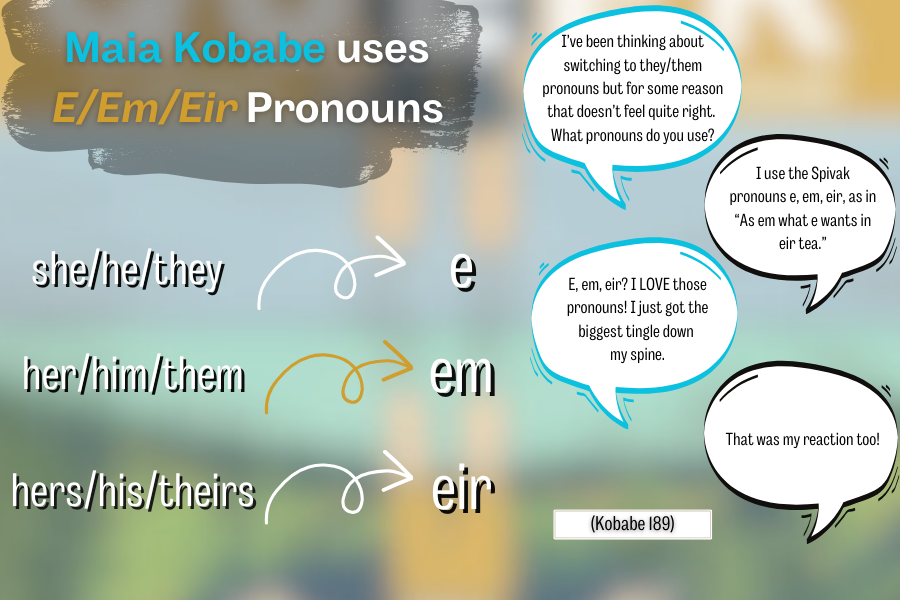
Earning the title of “Most Challenged Book of the Year” from the American Library Association for two consecutive years, graphic novel Gender Queer: A Memoir by Maia Kobabe has been the target of numerous book bans with over 151 challenges across the US in 2022 alone.
A majority of the challenges brought against the book were formed on grounds of sexually explicit content within the book. But, is it truly sexually explicit?
In short, yes. There is no way to deny that the book does feature some sexual depictions as that is part of Kobabe’s self-discovery.
However, it is important to note that this memoir, although mentioning thoughts Kobabe had as a child, primarily takes place when e was in college, meaning the thoughts, experiences and images are going to be slightly more mature.
Regardless of its more mature nature, Gender Queer: A Memoir, is a pillar of queer literature, despite having only been released in 2019.
Kobabe emself said that the book is not for kids, but was originally intended solely for eir parents and extended family, before transitioning into a book “for older teens who were already asking these questions about themselves.”
Gender Queer is frequently used as a way to demonize all queer literature due to its sexual depictions, being criticized by Senator John Kennedy and schools in Texas, Rhode Island, Florida, etc. The reality is, Gender Queer is no more explicit than Twilight or IT. Featuring only about five pages of sexually explicit content, while as a whole focusing on a much more serious topic.
Gender Queer’s explicit scenes are also more relevant to the plot than those of other literature. Kobabe’s memoir focuses on eir discomfort with a feminine body, so naturally, there is going to be more discussion of eir body and what e wishes it would be.
Kobabe’s constant references to eir body is what makes the memoir so raw, hiding none of eir thoughts. Although they are often misconstrued for unnecessary smut, each depiction develops Kobabe’s own confusion, desperation, and dissatisfaction. Without these depictions, an entire facet of Kobabe’s transition and discovery is erased.
It’s not as though Kobabe uses only sexual images to convey eir desire to transition. Throughout the memoir, Kobabe develops a variety of metaphors and symbols explaining eir perception of eir identity, often using the idea of a scale or a plant.
Not every piece of queer literature is meant for questioning or queer youth. However, it is important that the ones that are, are available to them.
While Gender Queer may not be for elementary and middle school aged children, its availability to teenagers is dire. Providing not only a story and person queer youth can relate to, but introducing and explaining a foreign or forbidden topic to those who may be in a less than accepting household.
Kobabe emself referenced the importance of not only eir literature, but all queer literature being available to teens, “Removing or restricting queer books in libraries and schools is like cutting a lifeline for queer youth, who might not yet even know what terms to ask Google to find out more about their own identities, bodies and health,” Kobabe said in a Washington Post opinion piece.
Even beyond queer and questioning readers, Gender Queer excels at doing exactly what Kobabe originally intended: providing an in-depth view into the thoughts, experiences, and sensitivities of a nonbinary and asexual individual.




